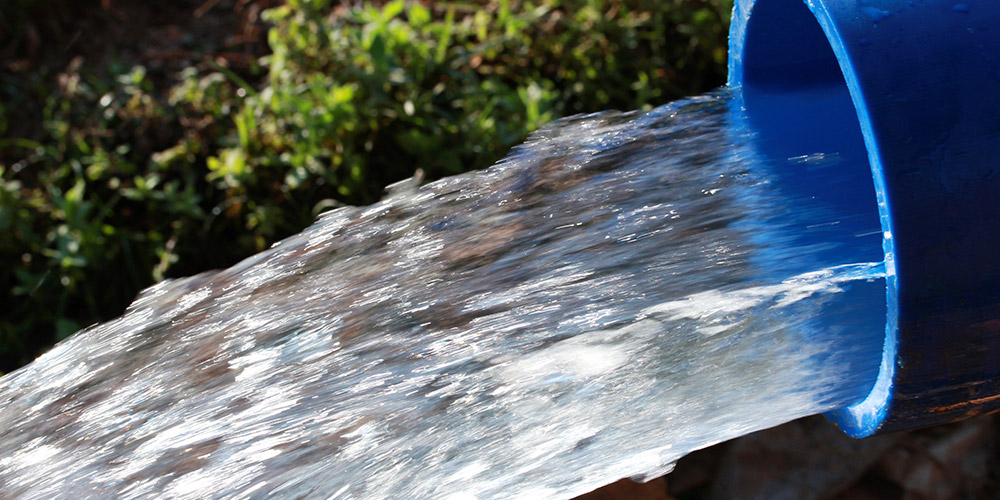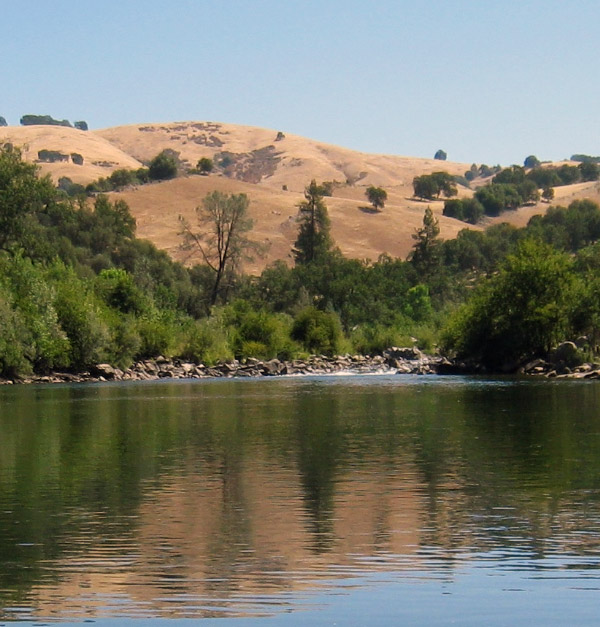This article first appeared in the California Globe, www.Californiaglobe.com
One modern day mystery is how California is going to be able to supply its water needs going forward without more water storage. If the climate changes as predicted, more rain and less snow, California’s hydrology and its storage needs are going to change greatly.
No major water infrastructure has been built in the state since its population was 16-million. Now with more than 40-million people it has to be asked – can the state meet its water needs without improved infrastructure? California is one of the five Mediterranean Climates on Earth where diverse agriculture can thrive along with unparalleled beauty and a preferred biosphere for many creatures including humans.
Most of California’s stored water supply begins as snowpack in the mountains surrounding the Central Valley. As the snow in the Sierra Nevada and Cascades Ranges melt during the spring and summer the runoff is gathered in reservoirs to prevent flooding and provide supplies for urban, agricultural, recreational and environmental use during the dry seasons. This system makes life in California as we know it possible, providing the supplies needed to support families, business and habitat.
If the future snowpack becomes diminished, more of the needed precipitation will come as rain. Water in its liquid form flows downhill along the path of least resistance. That means much of the state’s traditional water supply will flow out to sea unless it’s captured and contained.
In 2014 voters passed Proposition One providing $2.7 billion for water storage. The Sites Project was awarded $875 million from Prop One, although the state has only released $40 million so far. Nine years later the Sites Reservoir Project is still viable and moving forward. Located on the west side of the Sacramento Valley near Maxwell the proposed Sites Reservoir will provide 1.5 million acre feet of off stream storage.
Recently two non-governmental organizations, Friends of The River and Tell The Dam Truth have begun an attempt to block the construction of Sites by claiming in a press release the new reservoir will create 362,000 metric tons of greenhouse gases annually. The press release goes on to helpfully multiply that number by 100 to point out that’s 362-million tons of greenhouse gases, mostly methane, over the next century. Calls to Friends of the River resulted in a continuous voice mail loop. If Tell The Dam Truth has a phone number on its website it is well hidden and email enquiries were not answered by press time.
The Sites Reservoir’s governance is different than most reservoirs usually managed by the state Department of Water Resources or the federal US Bureau of Reclamation or the US Army Corps of Engineers. Jerry Brown is the Executive Director of the Sites Project Authority – and no – he is no relation to the former governor. The Sites Project Authority is a joint powers authority of 29 local public and government entities: cities, counties special districts, etc. As mentioned above Sites is an off stream storage facility. This means it doesn’t dam up a river for its water supply. The Sites Reservoir will rely on 180 miles of existing conveyance infrastructure to move water to and from the Sacramento River. Only 15-miles of new construction conveyance will be needed. This results in Sites realizing construction cost savings and a smaller environmental footprint.
Authority – and no – he is no relation to the former governor. The Sites Project Authority is a joint powers authority of 29 local public and government entities: cities, counties special districts, etc. As mentioned above Sites is an off stream storage facility. This means it doesn’t dam up a river for its water supply. The Sites Reservoir will rely on 180 miles of existing conveyance infrastructure to move water to and from the Sacramento River. Only 15-miles of new construction conveyance will be needed. This results in Sites realizing construction cost savings and a smaller environmental footprint.
Sites will only have access to Sacramento River water during high flow events. Brown said in a wet year like this half the reservoir could have been filled. This is excess water and doesn’t take away from any other uses whether environmental, municipal or agricultural water rights or regulatory demands.
To secure this excess water the Sites project will have to receive confirmation of a water right from the State Water Resources Control Board. And having this water right denied may be the end game of Friends of The River and Tell The Dam Truth.
Protests against approving the water right have to be submitted to the State Board by August 31st. At that point Sites has up to six months to try to resolve the protests before the State Board holds a quasi-judicial type hearing to decide on approving the water rights. Brown hopes this can be completed by the end of 2024 so groundbreaking and construction can begin in 2025 with an eye towards a 2030 completion date.
August 31st. At that point Sites has up to six months to try to resolve the protests before the State Board holds a quasi-judicial type hearing to decide on approving the water rights. Brown hopes this can be completed by the end of 2024 so groundbreaking and construction can begin in 2025 with an eye towards a 2030 completion date.
“We’ve been working with Friends of The River for months now,” said Brown. “It’s hard to imagine at this point we’ll find a mutually satisfactory resolution.”
The entire project depends on securing the water rights from the State Board. “This is very important,” said Brown. “The project’s investments, getting key permits, all hinge on having water rights.”
Getting Sites’ water rights denied could be a difficult lift by the radical environmentalist groups. The methodology used by Sites to estimate greenhouse gases generated by reservoirs is the one accepted by the Intergovernmental Panel on Climate Change and is considered the worldwide standard. This methodology shows Sites producing much less greenhouse gas emissions than the environmental groups claim – 68,000 to 84,000 metric tons.
Evidence gathered from press releases and website pages indicate Friends of The River is relying on the All-Res model of estimating greenhouse gases developed by Tell The Dam Truth.
Tell The Dam Truth’s website states, “All-Res is a modeling tool that calculates the total carbon footprint over the lifecycle of a dam and reservoir system. We have developed All-Res for the purpose of making it available to NGOs to use during dam permitting, re-liscensing [sic], and decommissioning processes, as well as educating the media, decision-makers, agencies, and the public.”
Tell The Dam Truth’s website also states, “Tell The Dam Truth (TTDT) receives funding and support from Patagonia.” Yes, a retail outdoor clothing company appears to be the developer of an all new methodology to estimate methane produced from decaying plants on the bottom of a reservoir with varying temperatures and water levels for the next 100-years. Enquiries to Patagonia’s Ventura, California headquarters were referred to a number with a voicemail that in turn referred the caller back to the company’s website for more information.
developer of an all new methodology to estimate methane produced from decaying plants on the bottom of a reservoir with varying temperatures and water levels for the next 100-years. Enquiries to Patagonia’s Ventura, California headquarters were referred to a number with a voicemail that in turn referred the caller back to the company’s website for more information.
Still, blocking new water infrastructure by environmental groups is nothing new but the Sites project isn’t ignoring the NGOs right to express their opinions.
“Under certain conditions there can be greenhouse gases emitted,” said Brown. “We went above and beyond the normal evaluation. [Using accepted methodology] Sites is on track for zero emissions, we’re doing what we need to do. That’s what a 21st century water storage system needs to look like.”
DISCLAIMER OF RESPONSIBILITY; Waterwrights.net strives to provide its clients with the most complete, up-to-date, and accurate information available. Nevertheless, Waterwrights.net does not serve as a guarantor of the accuracy or completeness of the information provided, and specifically disclaims any and all responsibility for information that is not accurate, up-to-date, or complete. Waterwrights.net’s clients therefore rely on the accuracy, completeness and timeliness of information from Waterwrights.net entirely at their own risk. The opinions expressed in this report are those of the author and do not represent any advertisers or third parties.
Waterwrights.net does not serve as a guarantor of the accuracy or completeness of the information provided, and specifically disclaims any and all responsibility for information that is not accurate, up-to-date, or complete. Waterwrights.net’s clients therefore rely on the accuracy, completeness and timeliness of information from Waterwrights.net entirely at their own risk. The opinions expressed in this report are those of the author and do not represent any advertisers or third parties.
ALL RIGHTS RESERVED. Copyright 2023 by WaterWrights.net































